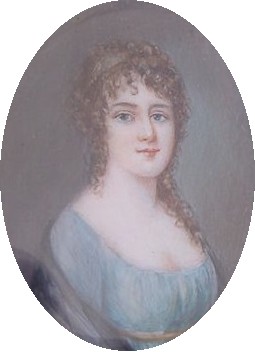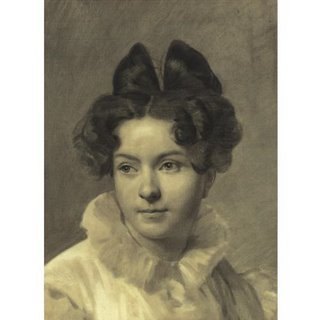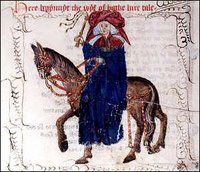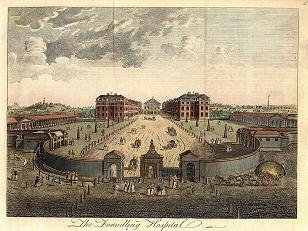 Well, here I am in Regency dress at last weekend’s signing! (I’m not sure why the picture’s so blurry — sorry!) On the down side, I never got my hair right — it looks totally non-Regency (the curl fell out — surprise surprise).
Well, here I am in Regency dress at last weekend’s signing! (I’m not sure why the picture’s so blurry — sorry!) On the down side, I never got my hair right — it looks totally non-Regency (the curl fell out — surprise surprise).
On the up side, I found some cool gloves at the last minute (though they really ought to extend to above the elbow, of course, which they don’t — in fact, they almost look like wrist-length gloves here, they’ve slid down so far) and my nice fan (which Todd painted for me, also at the last minute). Kind chapter-mates in LARA (Los Angeles Romance Authors, my local RWA chapter) tied me into my dress. And also bought some of my books. I love LARA!
There were eight other authors signing, and it was a lot of fun! We chatted and bought each other’s books and joked about copy-editing mistakes and had a great time. And the signing went by so fast that before I got a chance to buy everyone’s books that I meant to, everyone had gone! (Well, that’s what I get for spending too much time fussing with my pens and chocolate and gloves and hair, and trying to fish out the bobby pins that kept falling down my bodice.) 🙂
If you look closely at the photo, you’ll see some little rectangles lined up next to my book — those are the Regency chocolates that I gave away. Okay, they aren’t actually Regency chocolates — such did not exist, after all! — they’re Hershey’s Miniatures, covered with Regency pictures. Todd designed them, and they turned out fantastic! Milk chocolate bore the picture of my heroine’s face, dark chocolate had her playing cards, and the other two flavors had miscellaneous Regency-era pictures.
So, here are today’s questions:
1) If you’re an author, and someone asks you to sign your book for them, do you write something inane in the front of it, wishing you could think of something clever to write? Or do you write something clever? Or what? Or are you too experienced or too sensible to worry about these things??? (Is it just me???)
2) If you’re a reader (and we’re all readers, even those of us who are also writers), have you ever met an author you admire and said something inane while trying to say something clever? (Or is it just me???) 🙂
Cara
Cara King, author of MY LADY GAMESTER — finalist for the Booksellers’ Best Award for Best Regency of 2005






